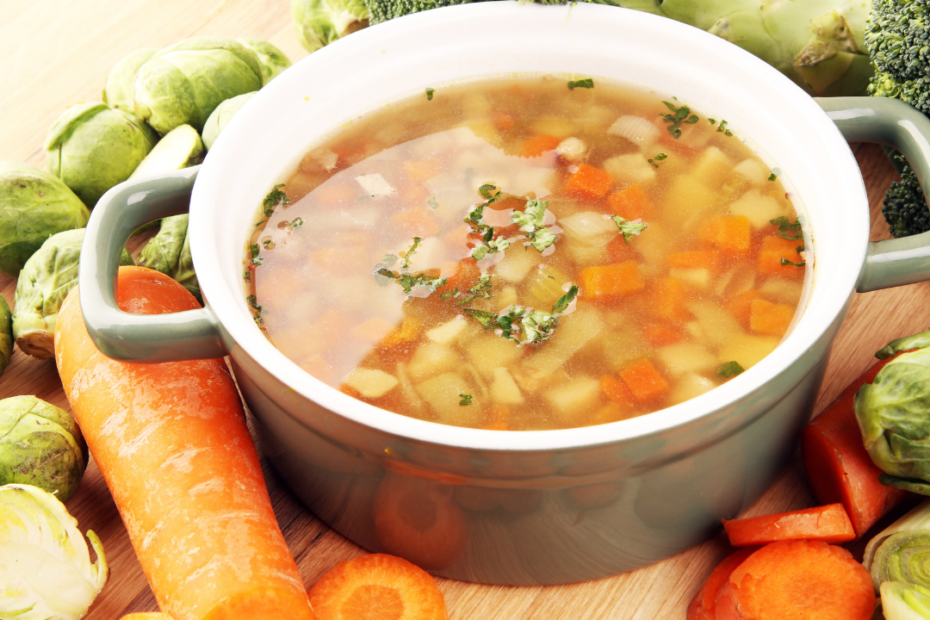It’s springtime once again and it’s the time of year when fruit and vegetables are abundant. This is also the time of year when we start to eat lighter; gone are the casseroles of winter and hearty stews that filled us up over the long cold nights. Now we turn to farmer’s markets or grow our own vegetables that fill our plate. You may even notice the produce section in your grocery store teeming with more variety and color, inviting you to add a rainbow of colors to your plate.
There are many benefits to adding more vegetables to your diet. Aside from the nutritional punch they pack, they’re also low calorie and a good source of fiber, which can help to fill you up. Choose a variety of brightly colored vegetables each week when you buy produce. Start with vegetables that you are familiar with and as you become more comfortable, add more variety by choosing vegetables that aren’t typically part of your meals. Here are some simple ways to increase your daily intake of vegetables:
Start Your Day With Vegetables
Include vegetables at breakfast. An omelet stuffed with peppers, mushrooms, onions, asparagus, or any other vegetable is a delicious way to enjoy vegetables for breakfast. Even easier, top some scrambled eggs with a half cup of salsa, yes, salsa counts as a vegetable! If you don’t like spicy things in the morning, choose a mild salsa. If you’re pressed for time, roll the whole thing into a whole wheat tortilla, and take it with you.
Include Vegetables at Lunch
If you’re having a sandwich, stack it up with a good half inch or so of lettuce, or try spinach leaves. You can also add cucumber slices, julienned carrots, and bell pepper strips to a sandwich for extra crunch. Another option is a garden salad or a bowl of vegetable soup.
Vegetables Make Great Snacks
Baby carrots, radishes, bell pepper strips, snow peas, sliced jicama and sugar snap peas all make ideal snack foods. They’re crunchy and satisfying. They’re also convenient and portable, and don’t require any preparation. They’re tasty on their own or you can use them with your favorite dip or flavored hummus. In addition, they’re low calorie, sodium-free and high in fiber, something you can’t say about chips and pretzels.
How to Add More Vegetables at Dinner
Start your meal off with a vegetable-based soup. Use low sodium chicken broth and add sautéed onions, celery, carrots, broccoli, peppers, zucchini, and summer squash. When all the veggies have heated through, add torn spinach leaves or kale for more nutritional boost. Try common vegetables in new and different ways. Roast cruciferous vegetables such as broccoli, Brussels sprouts, and asparagus on a sheet pan in a 400-degree oven with a little olive oil, and a pinch of salt and pepper. Try pureeing cauliflower to make mock-mashed potatoes or try mashed sweet potatoes or ”smashed” butternut squash. Make zucchini boats (or use summer squash) with bread stuffing mixed with chopped tomatoes, mushrooms, and the part of the zucchini you removed to make the boat. Or try grilling zucchini, summer squash and bell peppers or any of your other favorite vegetables for a different taste.
Content Submitted by Janyce Gately MS, RD, LDN, CHC
